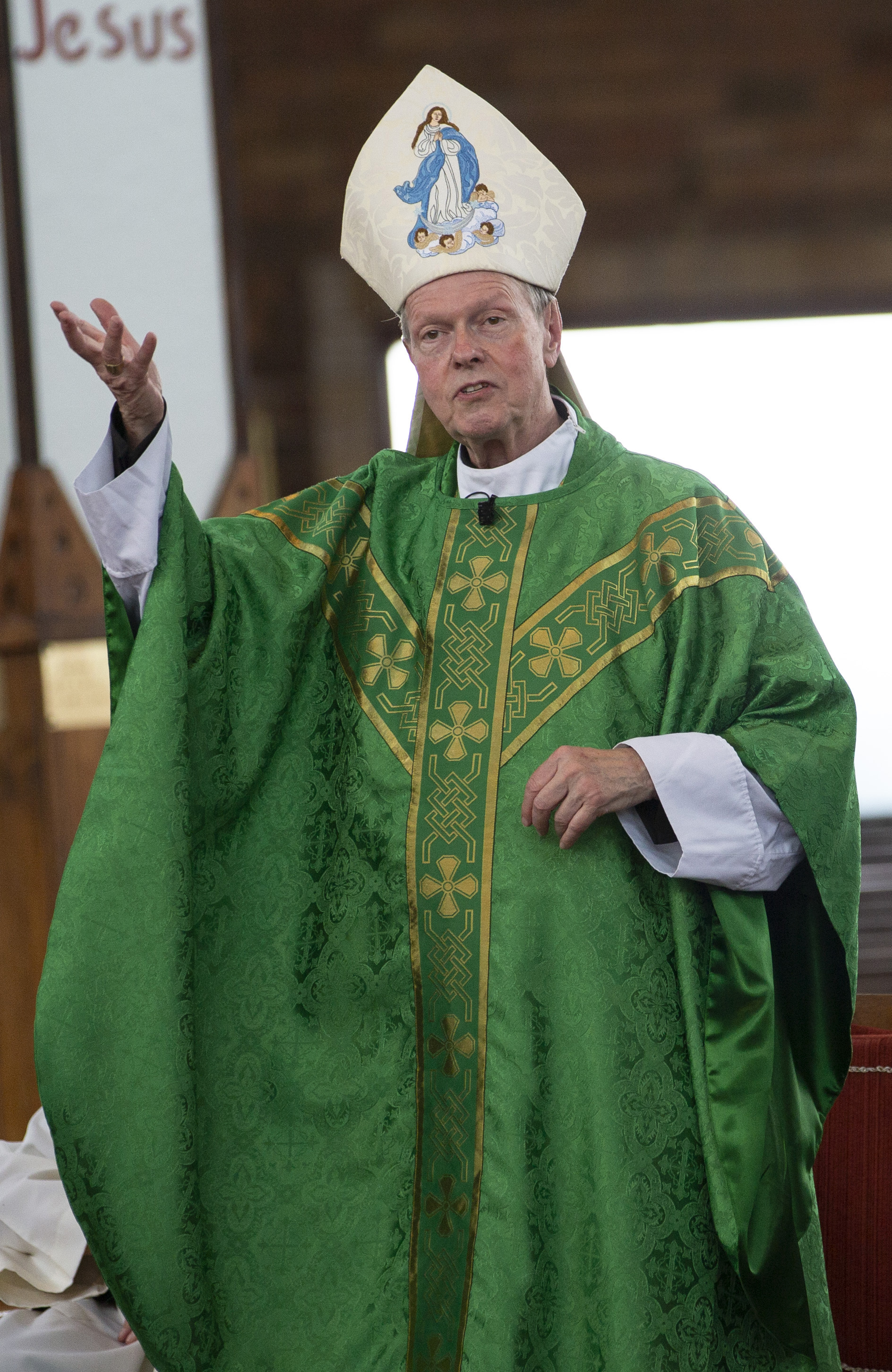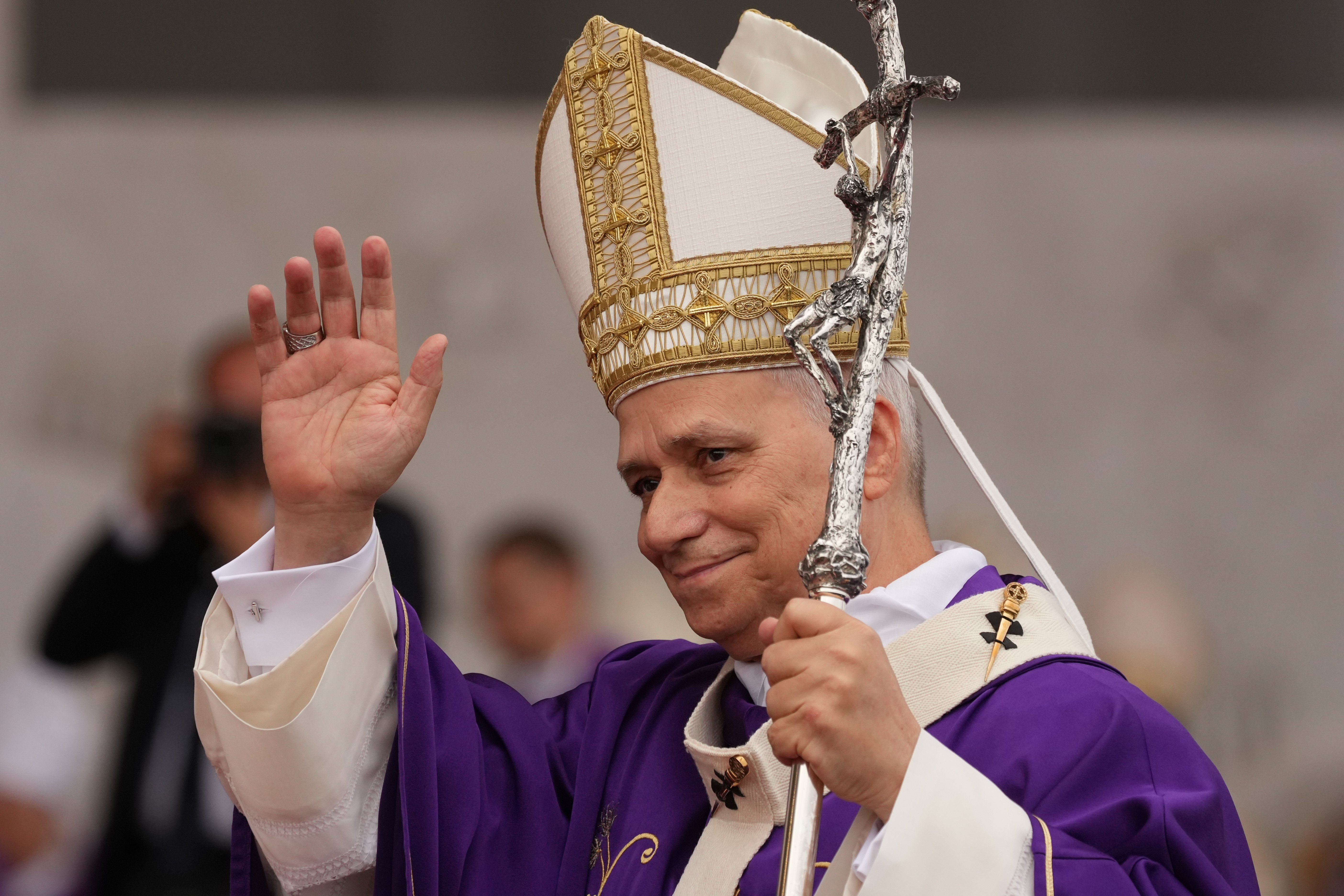June 25, 2025 at 9:03 a.m.
The solemnity of Saints Peter and Paul
This Sunday, we celebrate two giants of the Church, Saints Peter and Paul, who embody the complementary yet distinct dimensions of the Church’s mission. Their lives and martyrdom stand as a testament to faith, humility and boldness in proclaiming Christ. As we reflect on the readings for this solemnity, we see how Peter and Paul’s unique roles mirror the multifaceted mission of the Church.
And I tell you that you are Peter, and on this rock I will build my church, and the gates of Hades will not overcome it.
— Matthew 16:18
In the Gospel (John 21:15-19), we hear Christ’s triple question to Peter: “Do you love me?” Each response from Peter is met with a commission: “Feed my lambs …Tend my sheep.” This is Peter’s reinstatement after his threefold denial during the Passion and his elevation as the chief shepherd of the Church. In this moment, Peter assumes his role as the visible foundation of unity. As the Catechism reminds us: “Simon Peter holds the first place in the college of the Twelve; Jesus entrusted a unique mission to him. Through a revelation from the Father, Peter had confessed: ‘You are the Christ, the Son of the living God.’ Our Lord then declared to him: ‘You are Peter, and on this rock I will build my Church’ ” (CCC 552).
Peter’s authority as the first pope highlights the Petrine mode of the Church, described by Hans Urs von Balthasar. This mode emphasizes the Church’s institutional and hierarchical dimension, ensuring unity and fidelity to Christ’s teaching. It is a gift of divine grace, not merely human governance.
In the Second Reading (Galatians 1:11–20), Paul recounts his dramatic conversion and call to proclaim the Gospel to the Gentiles. His life exemplifies the Church’s charismatic mode, another dimension identified by Balthasar. This mode underscores the Spirit’s dynamic and creative work, breaking boundaries and expanding the Church’s mission.
Paul’s encounter with Christ transformed him into an apostle of grace, preaching the radical message that salvation comes through faith in Jesus Christ, not adherence to the law. Vatican II’s “Dei Verbum” echoes this understanding: “The apostles handed on to their successors what they themselves had received from Christ’s lips, from living with Him, and from what He did, or that they had learned through the prompting of the Holy Spirit” (“Dei Verbum,” 7). Paul’s writings and missionary zeal show us that the Church is called not only to preserve but to proclaim and expand the Gospel in every age and culture.
The First Reading (Acts 3:1-10) recounts Peter’s miraculous healing of the lame man at the Temple gate. His words, “In the name of Jesus Christ of Nazareth, rise and walk,” reveal the sacramental mode of the Church. The Church is not merely an institution or a movement but the very Body of Christ, through which grace is mediated. Saint Thomas Aquinas explains the power of Christ’s name: “The name of Jesus is efficacious because it signifies the whole of Christ’s salvific work, the fullness of grace and truth made present among us.”
Through Peter and Paul, we see how the Church brings Christ’s healing and redemptive power to the world. Vatican II’s “Lumen Gentium” reminds us: “The Church, in Christ, is a sacrament — a sign and instrument of communion with God and of unity among all people” (“Lumen Gentium,” 1).
The Solemnity of Saints Peter and Paul reminds us that the Church is both universal and particular, hierarchical and charismatic, sacramental and missionary. These dimensions are not in conflict but in harmony, as modeled by the lives of these two apostles. Their martyrdom in Rome unites them forever as the pillars of the Church.
Pope Benedict XVI reflected on this complementarity, saying: “Peter and Paul, though very different in character and mission, both served one Church, the one Church of Christ. They teach us the meaning of unity in diversity.” Pope Francis continues this theme, emphasizing the importance of mission: “The Church is called to reach all people, to bring them the joy of the Gospel, showing that faith is not a burden but a source of liberation and life.” (“Evangelii Gaudium,” 21).
As we honor Saints Peter and Paul, we are called to live out the faith they handed down. Like Peter, we must remain rooted in the Church’s teachings, standing firm on the rock of Christ. Like Paul, we must be bold in bringing the Gospel to the margins, sharing the message of grace and freedom in Christ.
In the words of Saint Thomas Aquinas, let us remember: “Faith is the first step toward eternal life, but charity perfects it, leading us to the vision of God.” May the prayers of Saints Peter and Paul strengthen us as we strive to build a Church that reflects the fullness of Christ’s mission: faithful, dynamic and alive with the Spirit.
- Trump touts his economic policies as polls show increasing concern
- NY bishops ‘extraordinarily troubled’ by Gov. Hochul’s decision to legalize assisted suicide
- California bishops celebrate ‘very powerful’ Mass in ICE facility for detainees
- Bishop: New Bible translation shows ‘God never changes, but always has something new for us’
- Tennessee faith leaders urge governor to stop all executions
- Amid ‘fragile’ ceasefire, Caritas Jerusalem seeks to ‘replant hope’ in Gaza this Christmas
- Full text: Pope Leo XIV’s Dec. 17, 2025 general audience
- Pope, Israeli president speak by phone about Sydney attack, peace in Gaza
- ‘Make more use of Newman,’ say British church experts
- Rather than chasing productivity, turn to God to resolve restlessness, pope says








Comments:
You must login to comment.